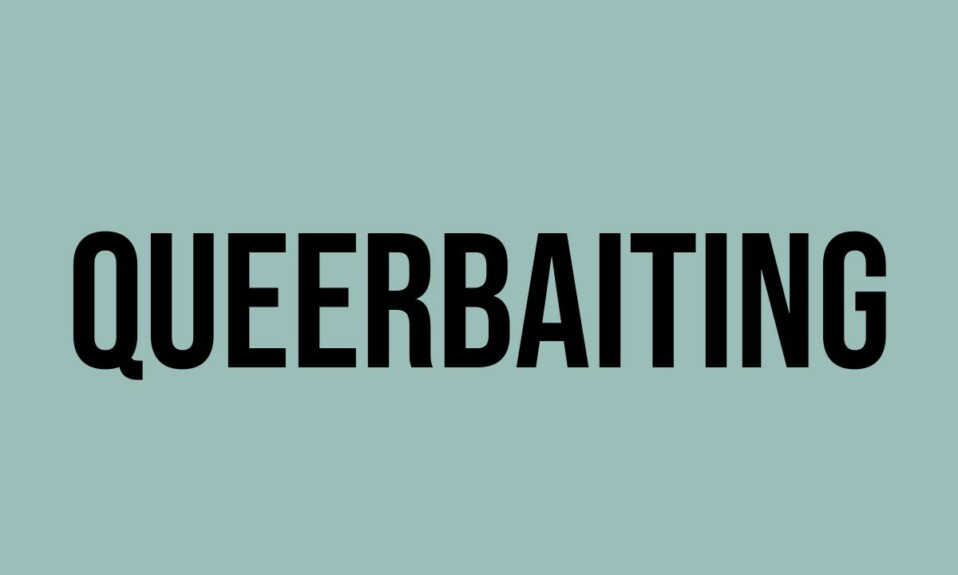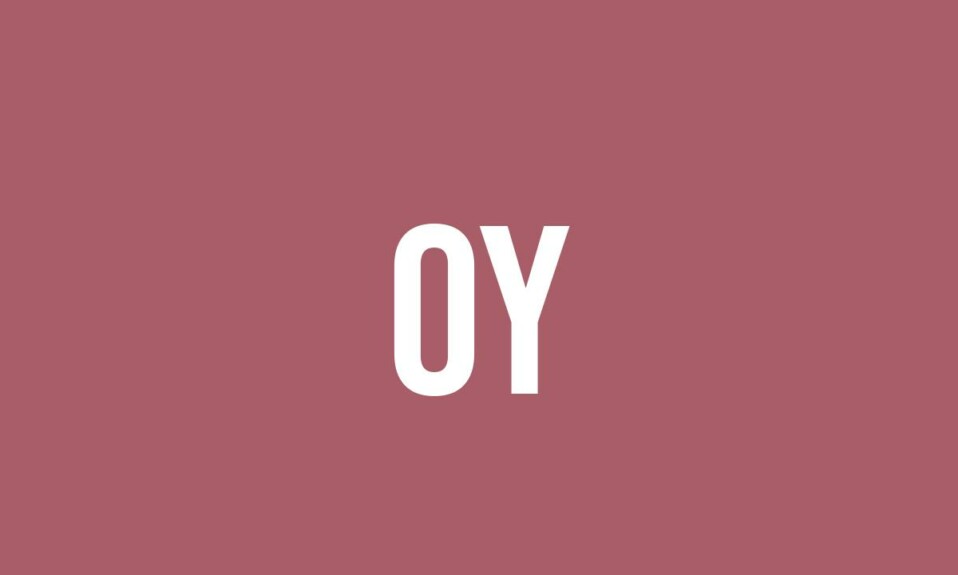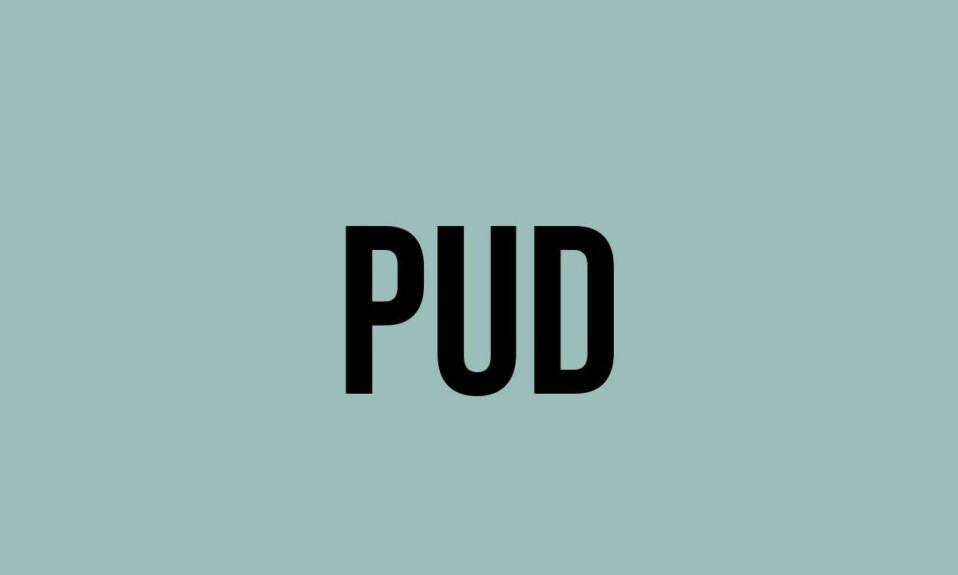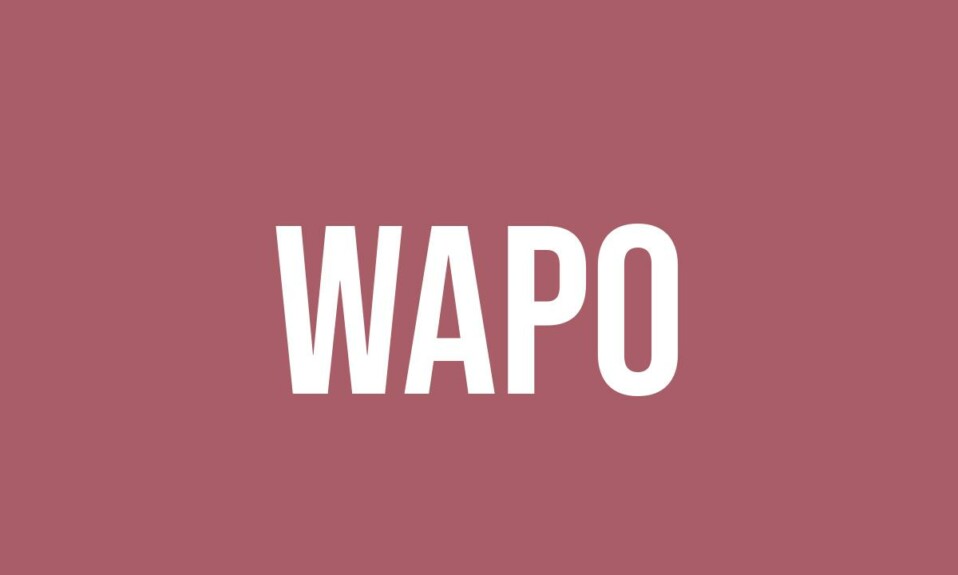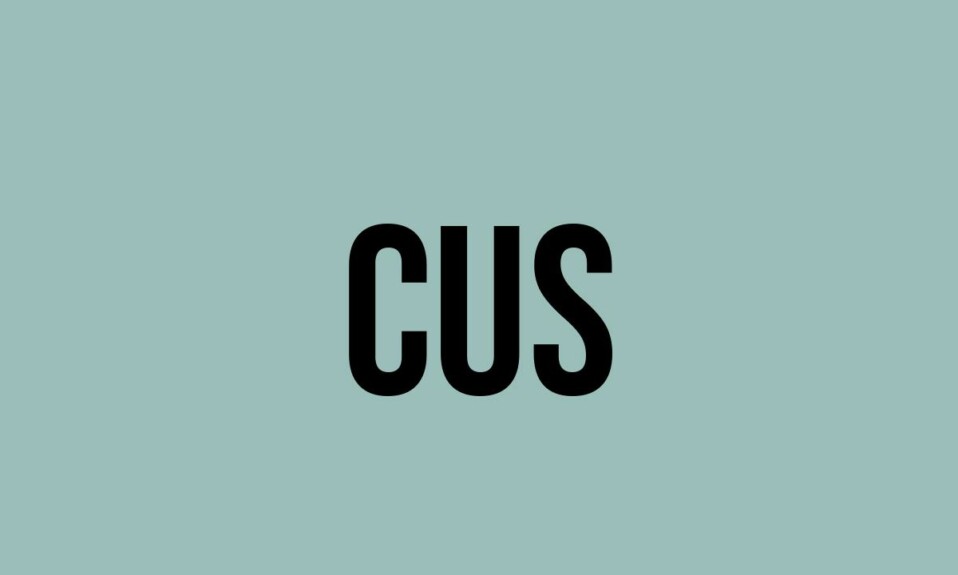What Does Queerbaiting Mean?
Queerbaiting is a slang term that refers to a marketing technique used in TV shows, book series, or movie series where there is a hint of a non-hetero romantic relationship between two characters, but it is never explicitly shown or developed. This can leave LGBTQ-positive audience members feeling deceived or disappointed, as they were led to expect representation that was never delivered. Queerbaiting can also be used to describe other instances of unsatisfying LGBTQ representation in media, such as when a character’s queerness is hinted at but never confirmed, like with Dumbledore in the Harry Potter series. It can also be used to describe celebrities who tease or “bait” LGBTQ fans with the possibility that they are queer, but never explicitly state their sexual orientation. Here are some examples of queerbaiting in popular media:
- In the TV show Glee, the characters Quinn and Rachel (Faberry) had a close relationship that hinted at a romantic connection, but it was never fully explored or confirmed. 2. In the TV show Riverdale, the characters Betty and Veronica (Beronica) have a strong bond and flirtatious interactions, but their relationship never progresses beyond friendship. 3. In the TV show Sherlock, the characters John and Sherlock (Johnlock) have a deep emotional connection and many fans interpret their interactions as romantic, but the show never confirms their relationship. 4. Some shows, like Adventure Time and The Legend of Korra, were accused of queerbaiting until their finales, when non-hetero characters finally expressed their love for each other on-screen. It’s important to note that queerbaiting can be frustrating for LGBTQ viewers who are looking for authentic representation and can feel like a form of erasure or tokenism. While some argue that queerbaiting is a deliberate marketing strategy to attract LGBTQ viewers without fully committing to representation, others believe it may be unintentional or a result of societal biases. Regardless, it is a term that highlights the importance of genuine and inclusive representation in media.
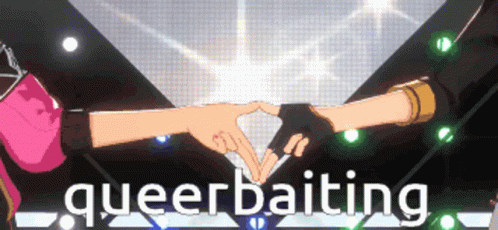

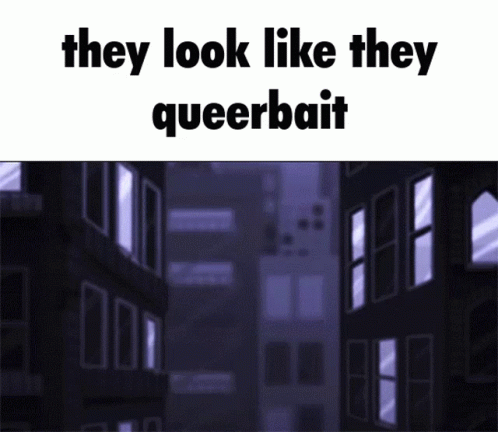
What Does Queerbaiting Mean From a Girl?
When a girl uses the term queerbaiting, she is likely referring to the same meaning as everyone else. Queerbaiting is a marketing technique used in TV shows, movies, or book series where there is a hint of a non-hetero romantic relationship between two characters, but it is never explicitly shown or developed. This can leave LGBTQ-positive audience members feeling deceived or disappointed, as they were led to expect representation that was never delivered.
Girls may use queerbaiting in conversations with their friends or in online communities where discussions about LGBTQ representation in media are more common. They might express frustration or disappointment with certain TV shows or movies that they feel have queerbaited their audience.
If someone uses queerbaiting in a conversation with you, it’s important to be understanding and empathetic. Here are some possible ways to reply:
- “I totally get what you mean. It’s frustrating when shows tease LGBTQ representation but never follow through.”
- “Yeah, queerbaiting can be really disappointing. We need more authentic and inclusive representation in media.”
- “I understand why queerbaiting can feel like erasure or tokenism. It’s important for creators to fully commit to representing LGBTQ characters.”
Remember, it’s essential to listen and validate their feelings rather than dismissing or invalidating them.
Example 1:
- Girl A: Did you watch the latest episode of that show?
- Girl B: Yeah, but I was so disappointed. They totally queerbaited us with those two characters!
- Girl A: Ugh, I know! It’s frustrating when they tease a non-hetero relationship and then never follow through.
Example 2:
- Girl: Have you seen that movie everyone’s talking about?
- Friend: Yeah, but I felt like it was queerbaiting. They hinted at a same-sex romance, but it never went anywhere.
- Girl: Right? It’s so disappointing when they dangle representation in front of us and then snatch it away.
Example 3:
- Girl A: I started watching this new TV show, but I think they’re queerbaiting the audience.
- Girl B: Oh no, really? That’s such a letdown. We deserve authentic LGBTQ representation.
- Girl A: Exactly! It’s time for creators to stop teasing and start delivering.
Example 4:
- Girl: I just finished reading this book, and I think it queerbaited me.
- Friend: Oh no, that’s the worst. It’s like they’re afraid to fully embrace LGBTQ characters.
- Girl: Totally! We need more books that authentically represent diverse relationships.
Example 5:
- Girl A: Have you seen the new season of that show?
- Girl B: Yeah, but I feel like they’re queerbaiting us with those two characters. It’s frustrating.
- Girl A: I agree. It’s time for them to stop playing games and give us real LGBTQ representation.
What Does Queerbaiting Mean From a Guy?
When a guy uses the term queerbaiting, it generally carries the same meaning as when used by girls or anyone else. Queerbaiting refers to a marketing technique used in TV shows, movies, or book series where there is a hint of a non-hetero romantic relationship between two characters, but it is never explicitly shown or developed. This can leave LGBTQ-positive audience members feeling deceived or disappointed, as they were led to expect representation that was never delivered.
Guys may use queerbaiting in conversations with their friends or in online communities where discussions about LGBTQ representation in media are more common. They might express frustration or disappointment with certain TV shows or movies that they feel have queerbaited their audience.
However, it’s worth noting that guys may have a different perspective or approach when using the term queerbaiting compared to girls. Here are some possible differences:
- Focus on character development: Guys may be more inclined to discuss how queerbaiting affects character development and storylines rather than solely focusing on LGBTQ representation. They might analyze the impact of queerbaiting on the overall narrative and character arcs.
- Discussion of fan theories: Guys may engage in discussions about fan theories surrounding queerbaiting and speculate on potential romantic relationships between characters. They might enjoy exploring the possibilities and implications of queerbaiting within the context of the story.
- Humorous commentary: Guys may use humor to express their frustration with queerbaiting. They might make sarcastic remarks or witty comments about specific instances of queerbaiting in media.
If someone uses queerbaiting in a conversation with you, it’s important to be open-minded and receptive to their perspective. Here are some possible ways to reply:
- “I totally agree! It’s frustrating when shows tease LGBTQ representation but never follow through. It feels like a missed opportunity for meaningful storytelling.”
- “I’ve seen some fan theories about queerbaiting, and it’s interesting to hear different interpretations. It shows how invested people are in these characters and their relationships.”
- “Queerbaiting can be a sensitive topic, but it’s important to have these discussions and hold media accountable for authentic representation. Let’s keep pushing for better LGBTQ representation in the media we consume.”
Remember, the goal is to foster a respectful and inclusive conversation that acknowledges the experiences and perspectives of LGBTQ individuals.
Example 1:
- Guy 1: Did you see that new superhero movie? There was so much queerbaiting between the two male leads!
- Guy 2: Yeah, it was frustrating. They hinted at a romantic connection but never followed through. Missed opportunity for representation.
Example 2:
- Guy 1: I started watching this TV show, and they totally queerbaited the audience with the two female characters.
- Guy 2: Ugh, I hate when shows do that. It’s important to have authentic LGBTQ representation, not just teasing.
Example 3:
- Guy 1: Have you read that book series? They queerbaited the readers with the two male protagonists.
- Guy 2: Yeah, it’s disappointing when authors hint at a non-hetero relationship but never explore it fully. We need more inclusive storytelling.
Example 4:
- Guy 1: I watched this romantic comedy, and they queerbaited the audience with the male and female best friends.
- Guy 2: That’s frustrating. It’s time for movies to move beyond queerbaiting and provide genuine LGBTQ representation.
Example 5:
- Guy 1: Did you see that new animated film? They queerbaited the viewers with the two male characters.
- Guy 2: Yeah, it’s disappointing when movies hint at a non-hetero relationship but don’t follow through. We need more authentic representation in animation.
What Does Queerbaiting Mean Sexually?
No, queerbaiting does not have a sexual or NSFW meaning. It refers to a marketing technique used in media where there is a hint of a non-hetero romantic relationship between two characters, but it is never explicitly shown or developed. Queerbaiting can leave LGBTQ-positive audience members feeling deceived or disappointed as they were led to expect representation that was never delivered.
Origin of Queerbaiting
The origins of the word/phrase “queerbaiting” are not clear. It is likely a term that emerged within the LGBTQ community to describe the phenomenon of hinting at non-hetero relationships in media without actually delivering on them. It is possible that the word was coined based on the combination of “queer” (referring to non-heterosexual identities) and “baiting” (referring to the act of luring or enticing someone). However, without further evidence or research, it is difficult to determine the exact origins of the word or if it was a popular typo or misspelling that gained traction.
Frequently Asked Questions
Slangs similar to Queerbaiting
Gaybait, gay tease, LGBTQ tease, deceptive representation, and unsatisfying LGBTQ representation are all similar to queerbaiting because they involve instances where there is a hint or tease of LGBTQ representation, but it is never fully explored, confirmed, or developed. These terms describe situations in media where LGBTQ-positive audience members may feel deceived, disappointed, or unsatisfied with the lack of authentic representation.
Is Queerbaiting A Bad Word?
No, “queerbaiting” is not a bad word or vulgar word. It refers to a marketing technique used in media to attract queer viewers by creating romantic or sexual tension between same-sex characters but never making it canon or evolving on it. It can also refer to other instances of hyped-up yet unsatisfying LGBTQ representation in media or celebrities who tease LGBTQ fans with the possibility of being queer without explicitly confirming it. While the term may have negative connotations for some, it is not inherently a bad or vulgar word.
Is Queerbaiting a Typo or Misspelling?
No, “queerbaiting” is not a misspelling or a typo. It is a slang term that refers to a marketing technique used in media to hint at a non-hetero romantic relationship between characters without explicitly showing or developing it, often leaving LGBTQ-positive audience members feeling deceived or disappointed.

